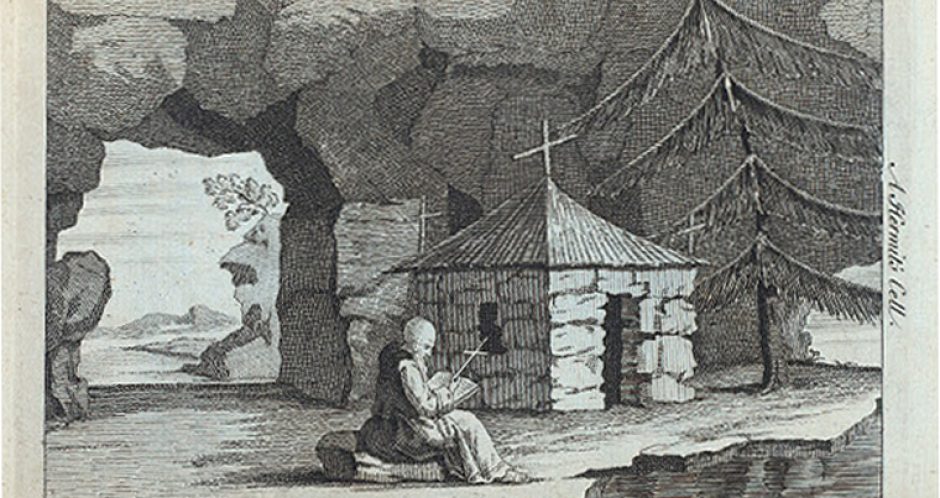So this story starts like many other stories of the gothic genre. The difference with story however is that the name of the protagonist is never mentioned in the story. Another thing I noticed is that like many other gothic stories, this brings out a philosophical point as in an existentialist point of view. The idea that reality is absurd and so why should we live it; the word absurd is even mentioned in the passage. Why do I say this, well the character lives a relative existence where women would be portrayed in the early 1900s as tools or as an object(which if you think about it, its absurd that society was once that way, which is now looked down upon and we try to find common ground and equality among the two genders; male and female) and in a sense she realizes this(also she is becoming a victim and succumbing to her own mind). It therefore leads her (and *spoiler alert*) to commit suicide because of how absurd existence can be. But not only this the main character herself is shown to have signs of being schizophrenic, but she creates images in her mind(not that she wanted it) from the old decaying wallpaper in her room, which eventually leads her to feel uncomfortable and then leads her to go insane as if what she sees in the wallpaper is alive and staring back at her. This text also displays the hierarchy of who has more authenticity in what they say between a man and a woman in society. As if a man says something they cannot or must not be doubted, but if its a woman it must be absolutely doubted. And in a sense, it makes the main character feel even more delusional than what she already is because she doesn’t realize that she should doubting the orders or chains of her husband. Of course it is a brilliant read and is totally recommended.
-
Recent Posts
Recent Comments
- marvi krifca on Response 5
- marvi krifca on Response 6
- marvi krifca on Young Goodman Brown
- marvi krifca on Response 9
- Daniella Martinez on Response 9 (Malcolm)
Archives
Categories
Meta



